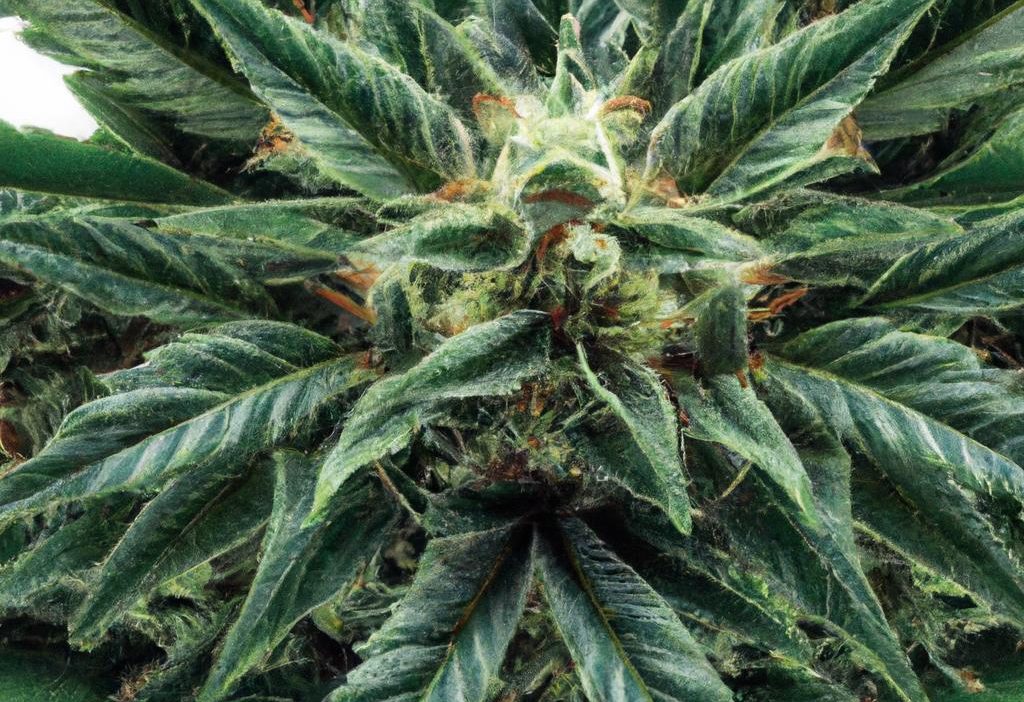
Understanding Wiped Film in Post-Processing THC Extracts
The cannabis industry has undergone transformative innovation over the last decade, especially in the realm of post-processing THC extracts. Among a variety of extraction and refinement methods, wiped film evaporators have emerged as a vital technology that enhances the purity and quality of cannabis concentrates. This article dives deep into what wiped film means in the context of cannabis post-processing, how it fits within the wider landscape of cannabis technology, and why it is crucial for producing high-quality THC extracts.
What is Wiped Film Technology?
Wiped film evaporation is a thermal separation technique used broadly in industries like pharmaceuticals, food processing, and now cannabis. In cannabis post-processing, it refers to an advanced method to refine crude THC extracts by removing unwanted impurities such as solvents, waxes, terpenes, and chlorophyll.
The core component is the wiped film evaporator (WFE), a piece of processing equipment were a thin layer of crude extract is spread across a heated surface with a mechanical wiper. As the film travels downward, volatile impurities evaporate and are removed under a vacuum surroundings, leaving behind purified THC concentrates.
Key Features of Wiped Film evaporation
- Vacuum-assisted evaporation: Low pressure reduces boiling points, preventing cannabinoid degradation.
- Thin film application: The mechanical wiper creates a thin liquid film, maximizing surface area for efficient heat transfer.
- Continuous operation: WFE systems support high throughput with steady output, ideal for commercial cannabis processors.
- Temperature control: Precise thermal management preserves delicate cannabinoids and terpenes.
The Role of Wiped Film in Cannabis Post-processing
Post-processing focuses on refining raw cannabis extracts after initial extraction (via CO2, hydrocarbon, or ethanol methods). The process aims to isolate cannabinoids like THC and CBD as pure, potent, and flavor-rich concentrates.
Wiped film devices uniquely help during the distillation and refinement stages of THC extract post-processing. Here’s how wiped film fits into common cannabis processing steps:
| Process Stage | description | Wiped Film Role |
|---|---|---|
| Extraction | Initial removal of cannabinoids and terpenes from plant material | Not typically used |
| Winterization | Removal of fats, waxes, and lipids via cold ethanol | Prepares extract for wiped film |
| Decarboxylation | Heat activates cannabinoids from acidic forms | Precedes wiped film |
| Wiped Film Distillation | Separation of cannabinoids based on boiling points | Primary phase of refinement |
| Polishing and Finishing | Filtration, terpene reintroduction, or formulation | follow-up step after wiped film |
Benefits of Using Wiped Film in THC Extract Post-Processing
- High Purity: WFE removes residual solvents and impurities, resulting in near-distilled THC isolated in pure form.
- Preservation of Cannabinoids and Terpenes: Low temperature and vacuum operation helps retain fragile compounds.
- Scalability: Equipment can handle small batches for boutique companies or continuous large-scale runs for commercial producers.
- Efficiency: rapid evaporation in thin film means faster processing times compared to traditional drying or vacuum ovens.
- Product Consistency: Ensures repeatable quality, critical for medical-grade cannabis products.
How Wiped Film Evaporators Work in Practice
Understanding the operational flow of wiped film evaporation can clarify its advantages and practical considerations for cannabis processors:
- feeding: Crude cannabis extract is fed into the evaporator through an inlet.
- Film Formation: Inside the heated vertical cylinder, a rotor with wipers spreads the extract into a thin film on the hot surface.
- Evaporation Under Vacuum: Operating under vacuum lowers boiling points, allowing solvents and unwanted volatiles to vaporize gently.
- Condensation & Collection: The vaporized solvents are drawn to a condenser system, while the purified THC concentrates are collected at the bottom of the apparatus.
- Continuous Processing: The process repeats for ongoing batches, maximizing throughput.
Practical Tips for Cannabis Processors Using Wiped Film Technology
- Pre-winterize your extract to remove waxes that can clog the evaporator and disrupt the film.
- Adjust vacuum levels carefully to balance evaporation rate with cannabinoid preservation.
- Monitor temperatures strictly, as overly high heat can degrade terpenes and THC.
- Choose the right equipment size based on your production scale and budget.
- Conduct batch testing to optimize parameters for your specific extract makeup.
Case Study: A Commercial Cannabis producer’s Experience
One cannabis company reported that integrating a wiped film evaporator into their post-processing workflow increased their distillate purity from 80% THC to over 95%. By optimizing the vacuum pressure and temperature controls, they preserved terpene profiles that enhanced flavor and aroma.Processing time was cut by 30% compared to traditional rotary evaporation,and solvent recovery rates improved significantly,reducing waste and costs.
Conclusion: The future of Wiped Film in Cannabis Technology
Wiped film evaporation represents a cornerstone of advanced cannabis post-processing technology. As demand grows for high-potency, solvent-free THC concentrates, this method offers an efficient, scalable, and precision-driven approach. It’s an essential tool that bridges the gap between raw cannabis extracts and refined pharmaceutical-grade products.
For cannabis extractors aiming to achieve superior quality and consistent results, understanding and implementing wiped film evaporation is no longer optional – it’s a key competitive advantage in this fast-evolving market.
Whether you’re a budding cannabis processor or an industry veteran, mastering wiped film technology will empower you to craft the purest, cleanest, and most potent THC extracts available today.





